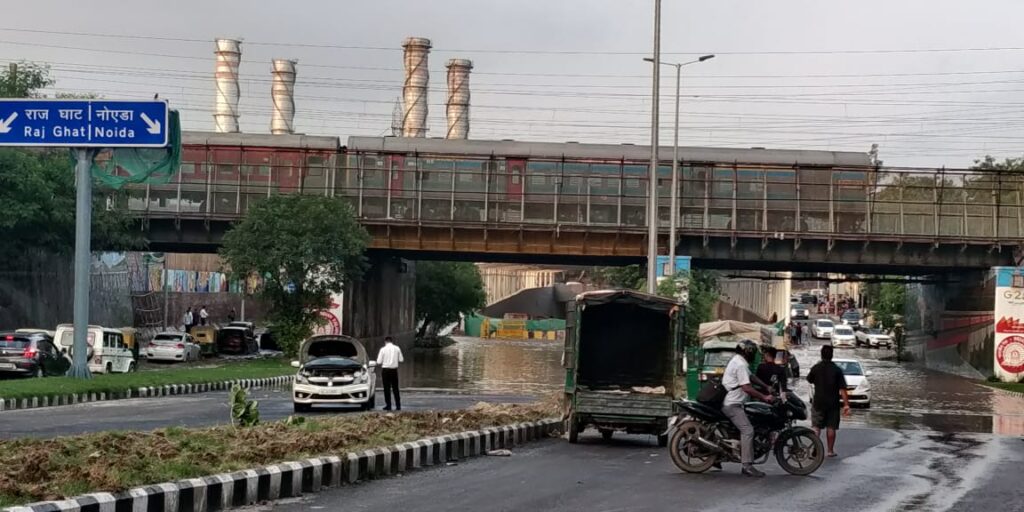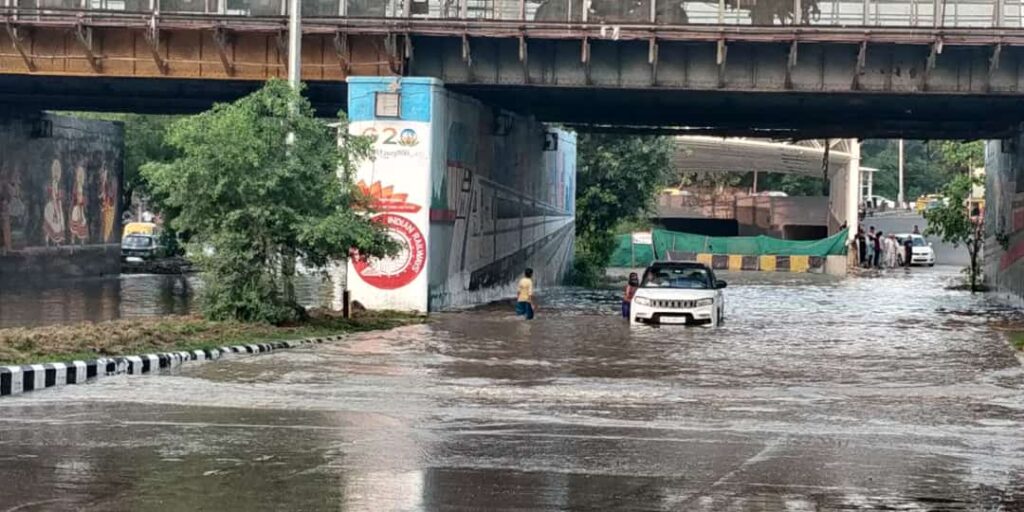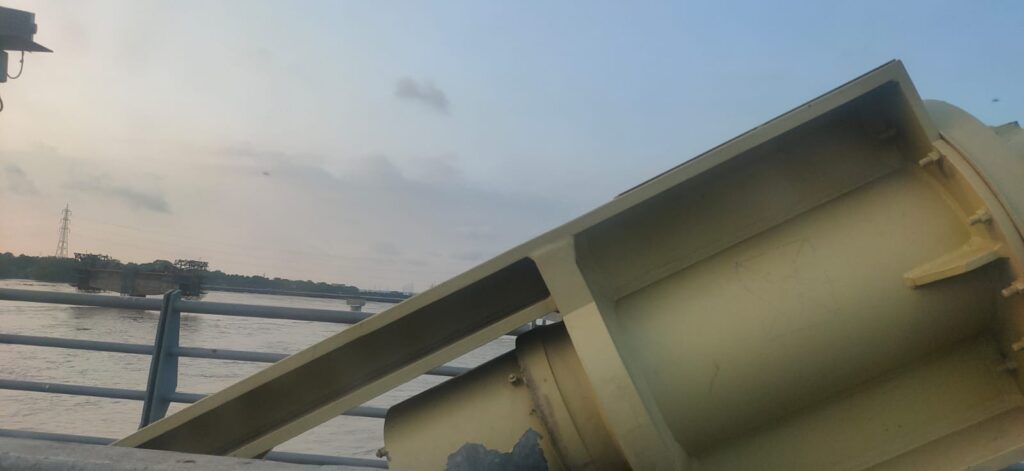Climate change is a pressing global issue that has led to several adverse effects on the environment, including extreme weather events. Recently, Delhi, the capital city of India, has been facing the repercussions of climate change as the water level in the Yamuna River has risen above the danger mark. This alarming situation has triggered a severe flood alert, highlighting the urgent need to address climate change and its impact on water resources.

Delhi Weather and Rising Water Levels:
Delhi, known for its extreme weather conditions, experiences scorching summers and chilly winters. However, in recent years, the city has witnessed a noticeable shift in its climate patterns due to climate change. Rising temperatures have become a common occurrence, leading to heatwaves and prolonged dry spells. These changing weather patterns have also affected the region’s water bodies, including the Yamuna River.

Yamuna River and its Importance:
The Yamuna River is a vital water source for Delhi, serving as a major supplier of drinking water, irrigation, and industrial needs. It originates in the state of Himachal Pradesh, where its water levels are influenced by the melting snow and rainfall in the region. However, due to climate change, Himachal Pradesh has experienced unpredictable weather patterns, leading to fluctuating water levels in the river.
Impact of Climate Change on Yamuna River:
Climate change has resulted in increased precipitation in some areas, leading to a rise in water levels in rivers. Conversely, other regions have witnessed reduced rainfall, causing water scarcity and low river levels. The erratic weather patterns have disrupted the delicate balance in the Yamuna River, resulting in significant challenges for the surrounding regions.

Severe Flood Alert and Its Consequences:
With the water level in the Yamuna River exceeding the danger mark, Delhi is now under a severe flood alert. This situation poses numerous risks, including potential damage to infrastructure, displacement of communities living near the riverbanks, and a threat to public safety. Floods can lead to the spread of waterborne diseases, destruction of crops, and a significant economic setback for the affected areas.

The Need for Mitigation and Adaptation:
Addressing climate change and its impact on water resources requires a multi-faceted approach. Mitigation efforts should focus on reducing greenhouse gas emissions to curb further global warming. Additionally, adapting to the changing climate is essential to minimize the risks associated with extreme weather events. This can include developing sustainable water management strategies, constructing flood-resistant infrastructure, and raising public awareness about climate change and its consequences.
Collaborative Global Efforts:
Climate change is a global challenge that demands collective action. Countries around the world must come together to mitigate the causes of climate change and adapt to its effects. International agreements such as the Paris Agreement play a crucial role in fostering cooperation and setting emission reduction targets to limit global temperature rise.
The rising water levels in the Yamuna River in Delhi, India, are a stark reminder of the impact of climate change on water resources. As severe flood alerts continue to disrupt lives and pose risks to public safety, it is imperative that governments, communities, and individuals prioritize climate change mitigation and adaptation efforts. By working together, we can strive towards a more sustainable future and protect our precious water resources from the adverse effects of climate change.